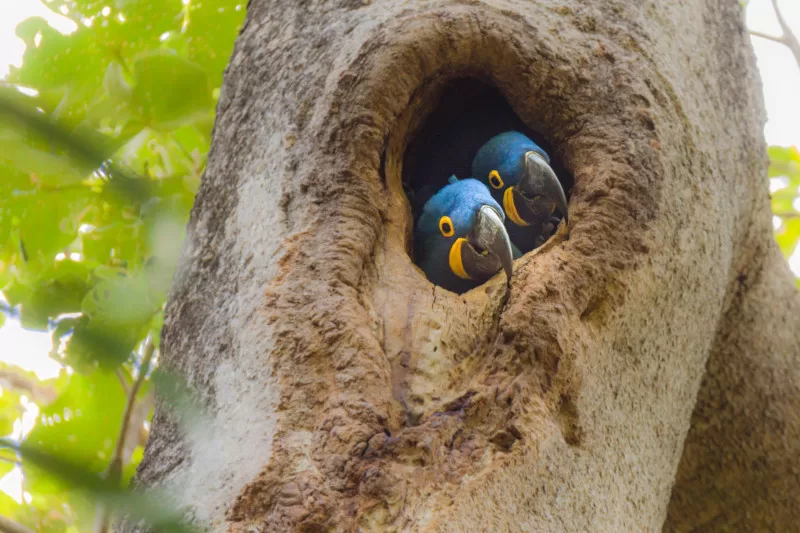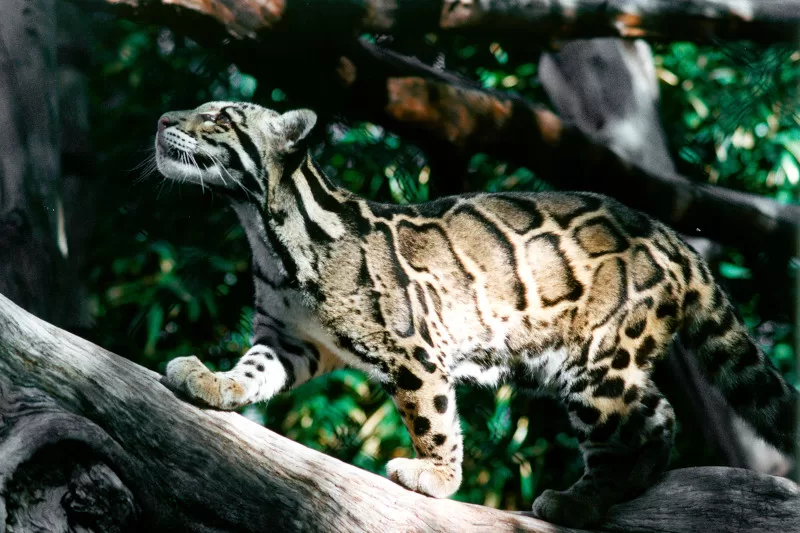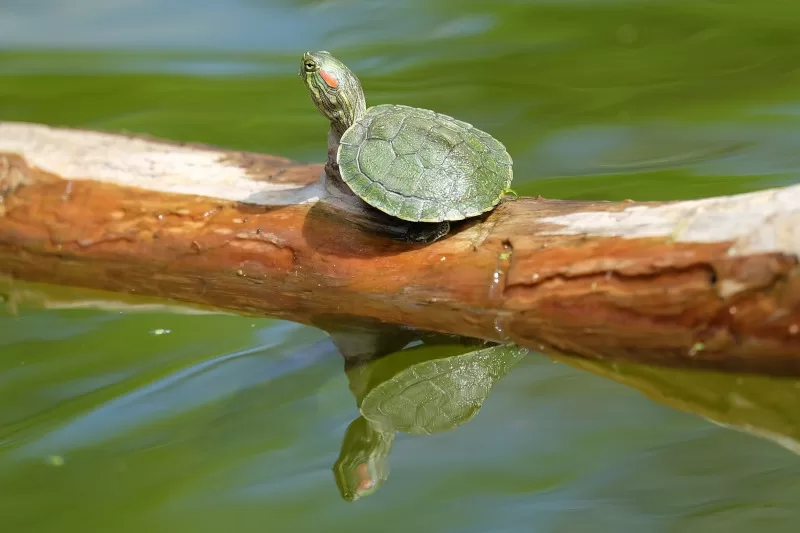Tucked away in the heart of the Peruvian Amazon, Manu National Park serves as an emblem of unspoiled wilderness, teeming with an astonishing variety of wildlife. This ecological Eden is home to more than 1,000 species of birds, 200 species of mammals, and a multitude of unique and fascinating organisms you may never have heard of. In this article, we are going to embark on a journey to discover the captivating animals of Manu National Park, their adaptations, and the crucial roles they play in maintaining this biodiverse ecosystem.
Hailed as one of the most biologically diverse places on Earth, Manu National Park is an unrivaled testament to the vitality and resiliency of nature. From the small and obscure creatures lurking in the understory, to the more conspicuous and charismatic animals, the park harbors a rich tapestry of life that is bound to enthrall every nature lover. Sit back, and let us take you on a tour through this remarkable haven where the wild things roam, in all their grace and glory.
Manu National Park, a haven for birdwatchers, boasts a staggering array of avian species. It holds the record for bird diversity, with over 1,000 species. Each of these species contributes to the vibrant ecosystem of the park.
Many animals of Manu National Park are birds. These feathered denizens grace the skies with colors and songs. From dazzling macaws to elusive tinamous, bird species abound in this biodiverse habitat. The park is especially renowned for its hummingbirds. These tiny aviators dart among the flowers, sipping nectar with their long, slender bills.
Birdwatchers can choose to embark on the Manu Rainforest Tour. It offers a unique opportunity to witness the park’s incredible birdlife. Parrot clay licks are among the major highlights. Here, parrots and macaws gather to consume mineral-rich clay, a unique spectacle not to be missed.
Harpy Eagles are another of the awe-inspiring animals of Manu National Park. These raptors, are among the largest and most powerful in the Americas, are a sight to behold. They epitomize the raw, untamed beauty of the park.
Songbirds such as tanagers, flycatchers, and antbirds also populate the park. Their intricate songs provide a melodious backdrop to the symphony of life unfolding within the park. They remind us of nature’s ceaseless vitality.
Ultimately, Manu National Park provides a unique portal into the avian world. Its myriad of bird species offer a glimpse into the splendor and diversity of life. So, come explore this feathered paradise.

Manu National Park is home to over 200 species of mammals. This diversity showcases the richness of life in this protected habitat. The park offers a sanctuary for many endangered species, preserving them for future generations.
Jaguars are one of the most majestic animals of Manu National Park. These magnificent cats, cloaked in their distinctive spotted fur, are an emblem of the Amazon. Their presence attests to the park’s healthy ecosystem.
Another noteworthy inhabitant is the Giant Otter. These endangered species rely on the pristine waterways of Manu for survival. Their playful antics offer delightful sights for lucky visitors.
Manu Amazon Tours provide the chance to spot some of these mammals. Guides are well-versed in locating these creatures, often elusive in the dense rainforest. From Howler Monkeys to Capybaras, these tours promise encounters with a myriad of mammals.
Bats form an essential part of the park’s mammalian population. They play critical roles in pollination and insect control. Though not as celebrated as larger mammals, they are indispensable to Manu’s ecosystem.
Among the smaller animals of Manu National Park, the Pygmy Anteater stands out. Its size doesn’t diminish its importance in the food chain. This humble mammal demonstrates the interconnectedness of life in Manu.
A night walk in Manu might reveal a Tapir or an Ocelot. These nocturnal wanderers remind us that the park’s magic doesn’t fade with the setting sun. Indeed, some of the most intriguing animals of Manu National Park are the ones less seen.
Overall, the mammalian inhabitants of Manu National Park are as diverse as they are fascinating. They embody the wild, untamed spirit of the Amazon, awaiting discovery by intrepid explorers.

Not all animals of Manu National Park are as conspicuous as the jaguars or the macaws. Yet, they play significant roles in the park’s ecosystem. These hidden heroes may not be large or loud, but their contributions are immense.
Among the reptiles, the Caiman is notable. It’s an important part of the park’s aquatic ecosystem. In the same realm, the Amazon River Turtle helps maintain healthy waterways.
Insect life in Manu is equally fascinating. Army ants, for instance, perform nature’s housekeeping, consuming dead and decaying matter. Their role is critical in nutrient cycling.
Many animals of Manu National Park are nocturnal. Night monkeys, for example, exhibit intriguing behaviors. Their night-time adventures contribute to the park’s nocturnal symphony.
Then there’s the world of amphibians. The poison dart frogs, tiny yet vibrant, are of particular interest. Despite their small size, they pack a potent toxin, warning potential predators of their lethal defenses.
Another group of hidden heroes are the park’s invertebrates. From spiders to scorpions, these tiny creatures form the basis of many food chains. They ensure the smooth functioning of the park’s intricate web of life.
Unveiling these hidden heroes requires a different approach. A Manu Reserved Zone Tour or a Manu Jungle Tour can provide such opportunities. These tours are designed to help you explore beyond the more visible residents.
So, venture into the less-trodden paths of Manu. Discover the unsung heroes that contribute silently to the park’s biodiversity. They form an integral part of the vast tapestry of animals of Manu National Park. Each creature, no matter how small, plays its part in the grand spectacle of life in Manu.

If you got any questions, please do not hesitate to send us a message. We reply within 24 hours!
+51 900 394 399
info@biomanuexpeditions.com
reservas@biomanuexpeditions.com
